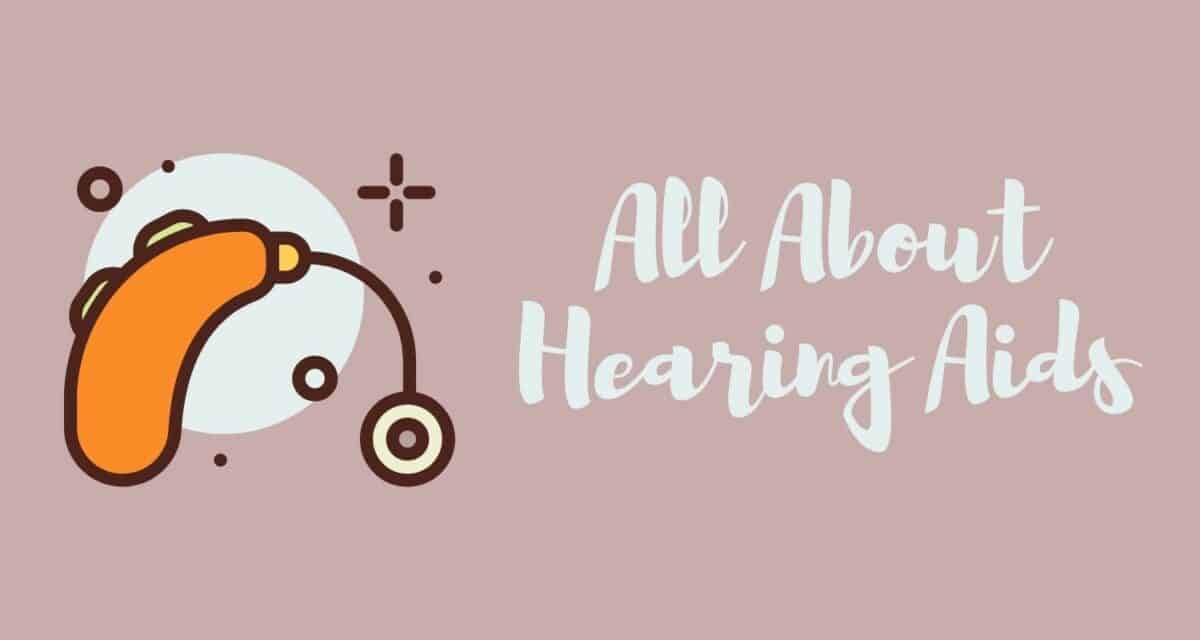Hearing aids have come a long way, baby. If you’re expecting today’s hearing aids to resemble your grandparents’, you’re in for a marvelous surprise. While many of the leading manufacturers have been around for decades, they continue to offer innovative machines that push the boundaries of what’s possible in your hearing experience.
While we don’t ever push hearing aids or other hearing loss solutions onto our clients, we do provide a range of products from the most trusted makers in the market. We also know that treating hearing loss with hearing aids can improve your relationships, help you stay competitive in the job market, and decrease your risk of dementia.
In addition to offering purchasing options for hearing aids, we are committed to education. Hearing aids only work if you use them, which is why we help our clients learn and adapt to these new habits. We extend our education to family and friends because it can make an enormous difference in success rates, as our support systems in incorporating new behaviors are essential and cannot be overemphasized.
Give yourself time to adjust
Regardless of the model and manufacturer of your new hearing aids, there will be time required for adjustment. The best way to adapt to your hearing aids is to practice wearing them, for short durations at first and gradually increasing in time.
Learning the support tools
As many of the types of hearing aids available today come with supporting apps, we’ll help you discern which pieces of their support system will best help you incorporate healthier and enhanced hearing into your life. A return to healthier hearing is possible and we are here to help you each step of the way.
Hearing Aid Supplies & Accessories
Batteries
One of the essential accessories for any hearing aid is the battery. Many newer models come equipped with rechargeable batteries that should last far into the future. Some even have the batter encased within the hearing aid so that it is unnecessary to change it at all. However, others require periodic changes, and we have batteries that are compatible with a wide range of hearing aids. Generally, hearing aid batteries come in four sizes ranging from the smallest to the largest: 10, 312, 13, and 675. You may already know which size of battery your aids require. If this is the case, feel free to stop by and request the appropriate size. However, you may have forgotten which size you need. If that is the case, feel free to stop by with your hearing aids in hand, and we will determine the right size for your aids and send you on your way with fresh batteries.
Cleaning
Although we offer cleaning services, you may prefer to do routine cleaning at home. We offer a few tools to help you with the cleaning process. A soft cleaning brush can do the trick with general build-up. We also offer a magnetic tool to assist with replacing the tiny batteries that can be hard to manipulate on your own. For more serious cleaning, a wax pick or wire loop may be necessary to remove buildup on your aids. We also provide hearing aid cases that can protect your aids from harm while you travel.
Dehumidifier
Moisture can be a problem for some hearing aids. Especially those in very humid climates or whose aids have been subjected to accidental moisture may require a dehumidifier to get them back in working order. Several types are available. Some are small pouches that can be warmed in the microwave and then can enclose your aids. Other, more advanced, models use UV rays to desiccate the hearing aids, and we can either offer one to you at our location or point you in the right direction to find one online.
Bluetooth
Many new hearing aids come equipped with Bluetooth technology to communicate seamlessly with your smartphone and other audio devices. However, if your hearing aids are not Bluetooth-equipped, some accessories are available to make them compatible. With Bluetooth connectivity, you can use your hearing aids basically like you would headphones, hearing the sound of your smartphone, music, television, or other audio as if it were emanating directly from the unit.
More Advanced Accessories
In addition to these simple tools that can assist anyone with the use of their hearing aids, more advanced accessories are available, as well. These additional features are known as assistive listening technology, and they can help those with more severe hearing loss or needs in particular situations. Some examples include add-on features for your landline telephone, alarms or notifications that can be used to wake you in the morning or in the event of an emergency, or more advanced microphones for severe hearing loss.
Others use assistive listening technology only in particular contexts, such as concert venues, lecture halls, or on conference calls. These microphones can be added to your existing hearing aids to make listening even more crisp and clear. For those with severe hearing loss, assistive technology can go even further, but these decisions should only be made with your hearing healthcare provider.


